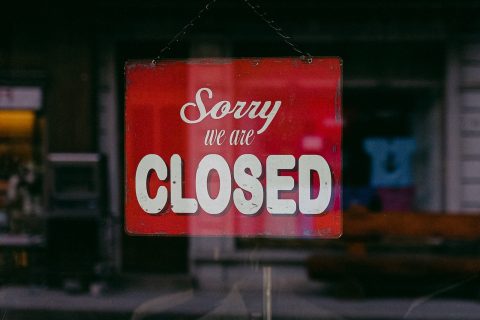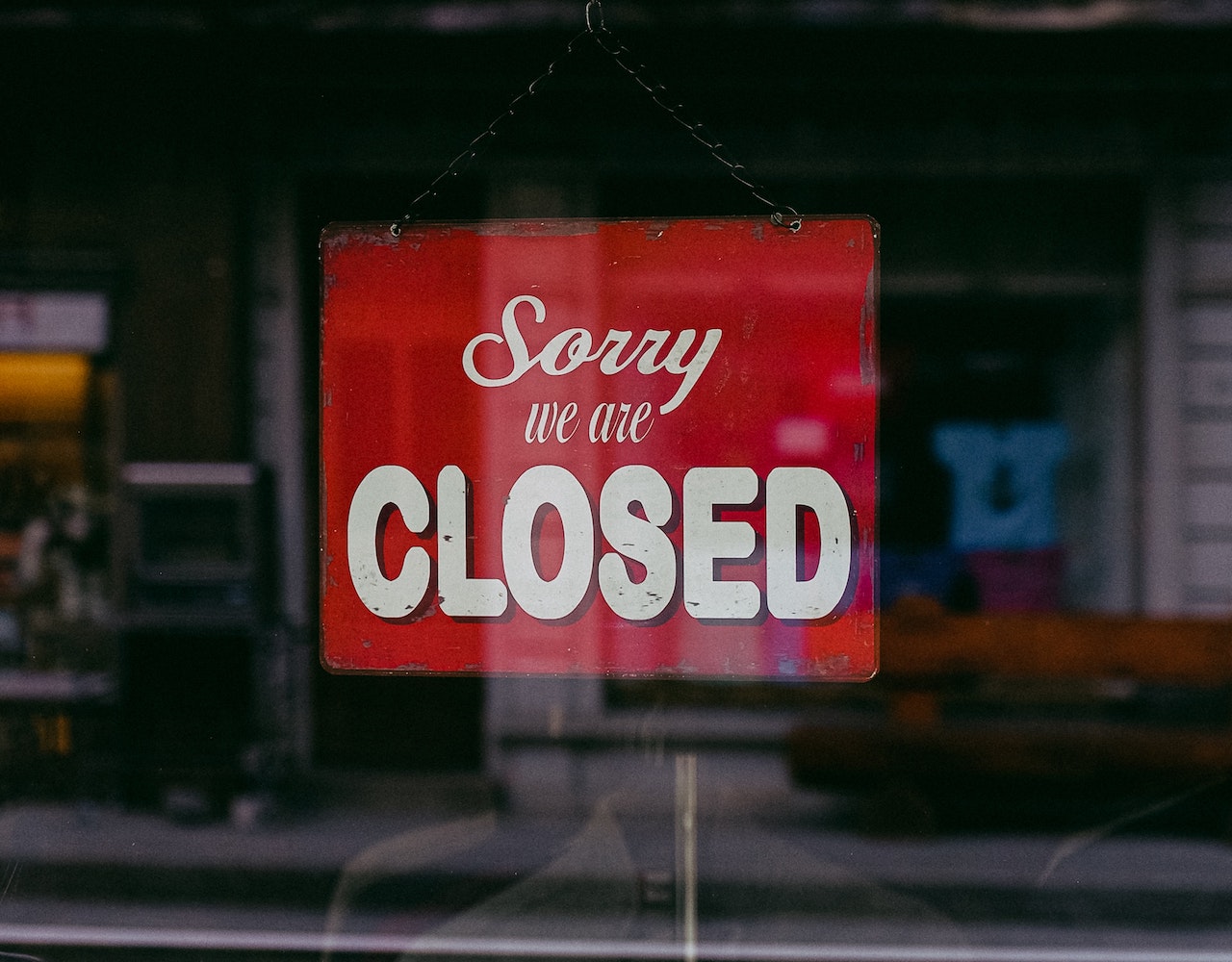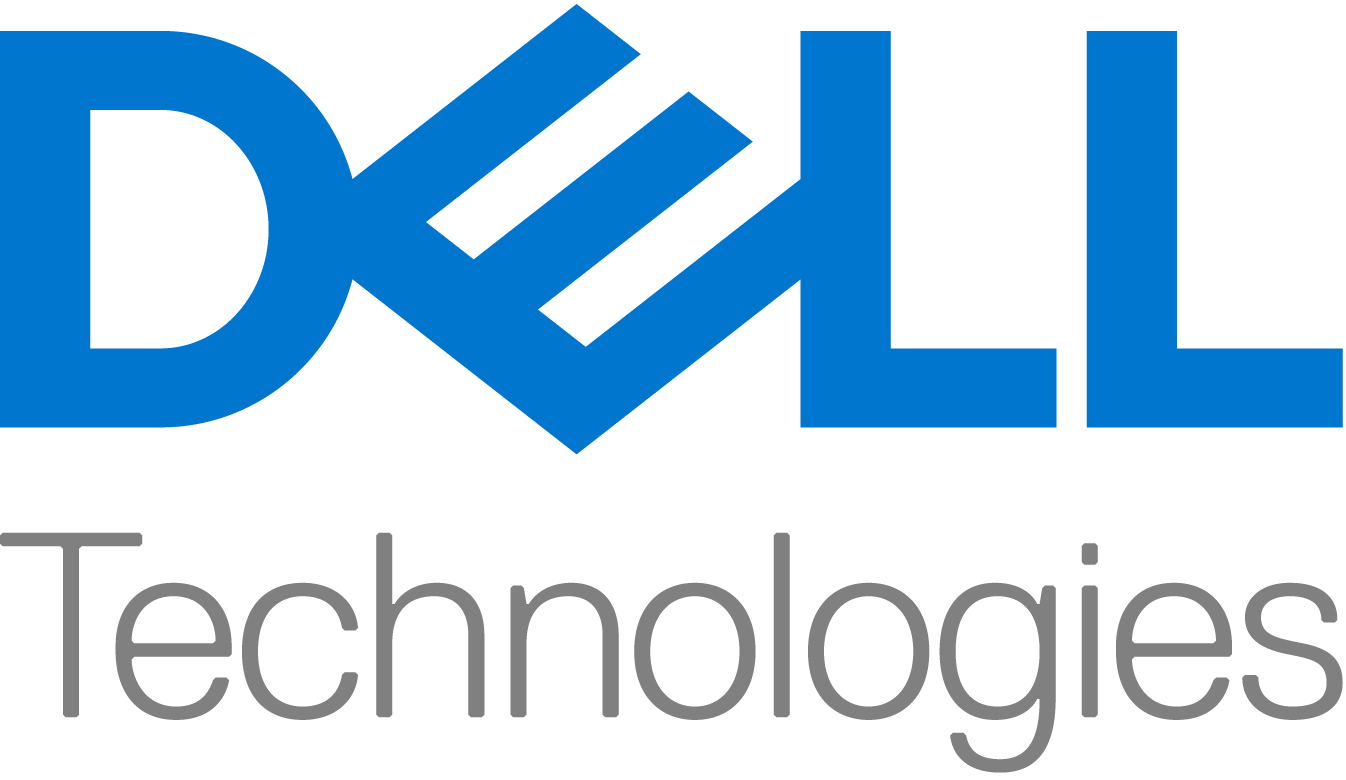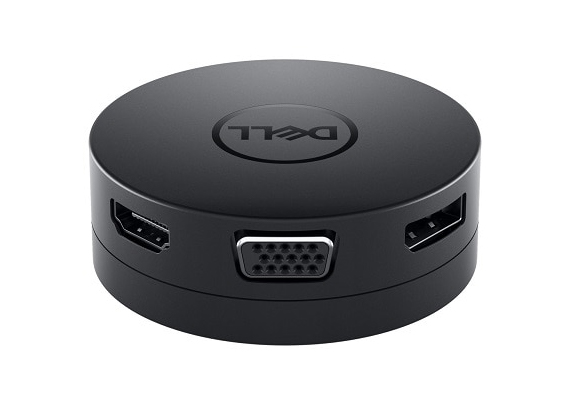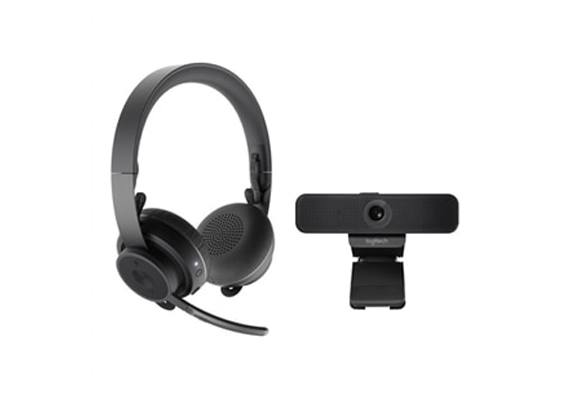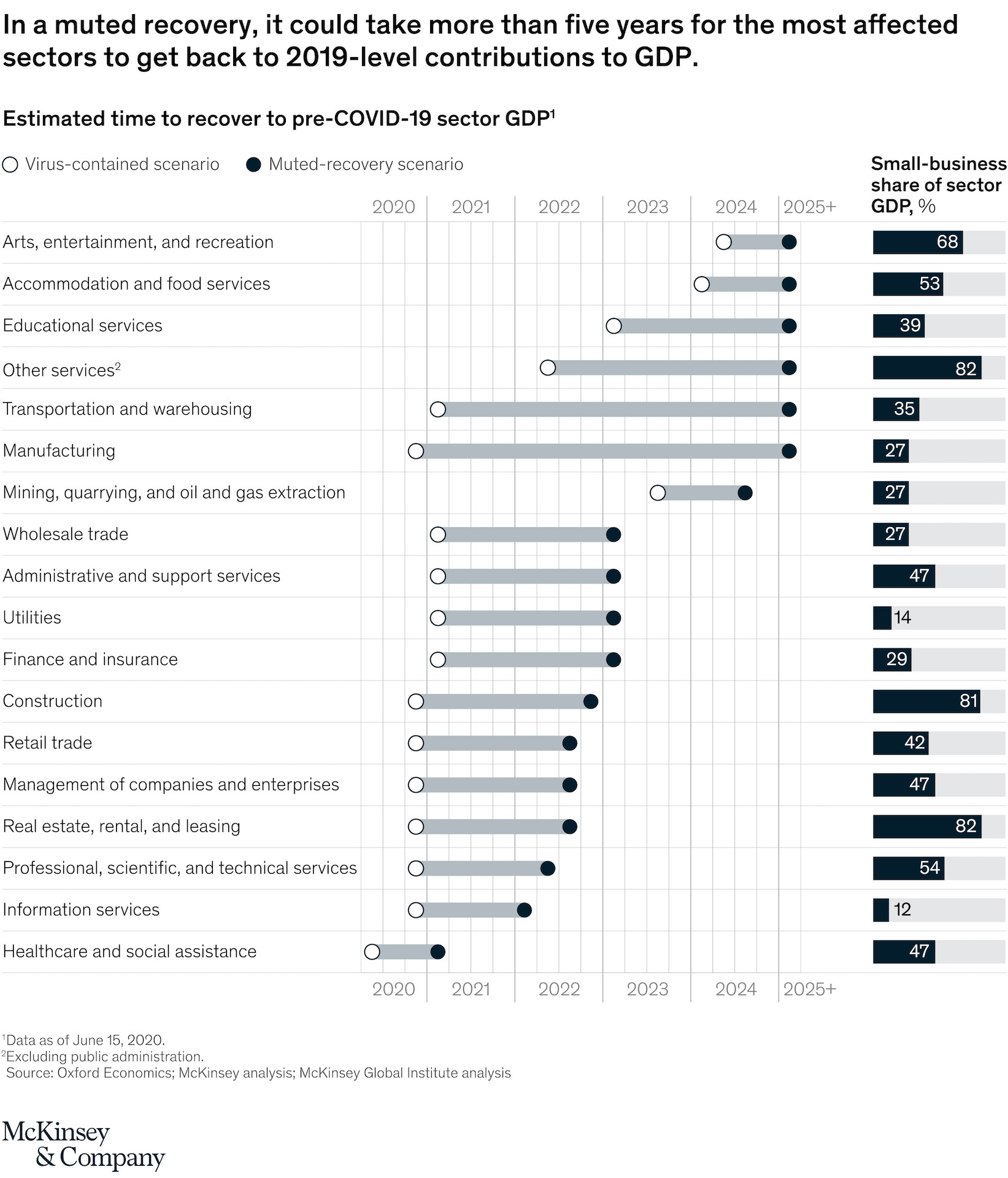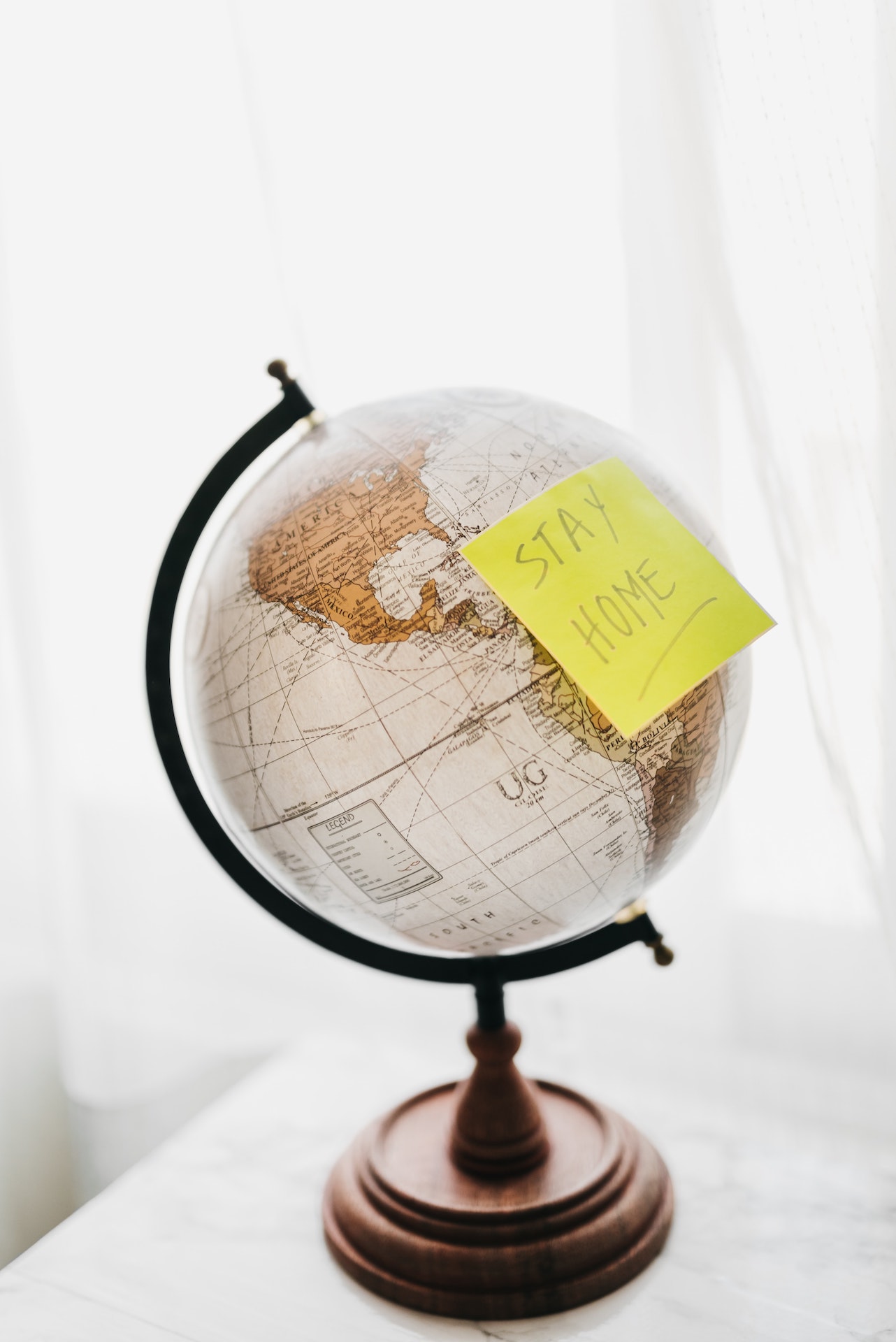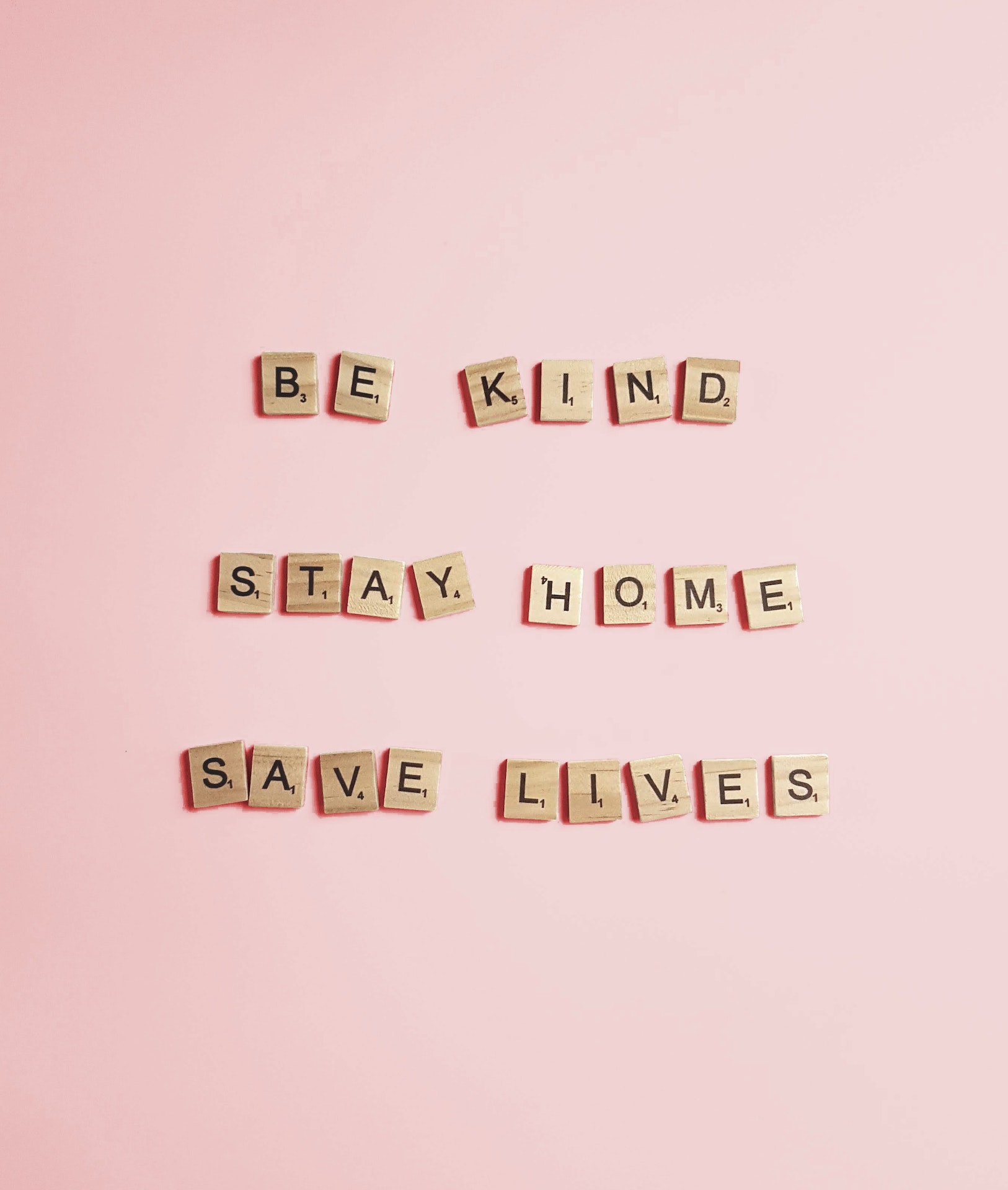

Lingering uncertainty surrounding the global coronavirus pandemic has unnerved many people, especially business owners. Entrepreneurs are used to taking risks, but the events of this year have made it difficult for many business owners to plan for the foreseeable future. Enduring volatility and unpredictability can make it difficult to move forward.
However, there are ways to keep moving forward, gain traction, and accomplish goals. More than ever before, relationship skills are at the forefront of business and can help you thrive.
1. Be of service
As the situation around the coronavirus continues to evolve, we are living life differently and learning as we go. Fear and anxiety can be overwhelming and cause additional stress. From personal finances to mental health struggles, people are facing a host of new challenges.
When you create a culture of service, you build trust with your team, customers, and vendors throughout the supply chain. To be of service is not synonymous with possessing poor boundaries. Boundaries are critical for relationships to thrive with healthy mutual respect.
What do clear boundaries look like while you focus on being of service? Consider a supplier who can’t fulfill an order on time:
“I know you’re doing the best you can. How about if you take some time to get your inventory in place, and I can lean on a different vendor until you are ready?”
Do you need to speak with a team member who is consistently late on their projects? Consider this approach:
“Allison, you’re talented, bright, and one of the best designers we have on the team. I know things are difficult right now, which has led to multiple projects being late. At this point, I want to brainstorm ideas about how we can support you so that you can meet deadlines. Your projects are important, and when they run late, it impacts the entire team. So let’s talk about ways that we can improve your workflow to get things in on time.”
To be of service does not mean you encourage poor behavior or unacceptable infringements of boundaries. It is a way to create trust and discover solutions that serve the business at large while being supportive of everyone involved.
Ask yourself, “How can I create a culture of service in my organization and leadership style?”
2. Open the lines of communication
As a leader and business owner, it is helpful to cultivate a communication style that focuses on what is going on with your team, both personally and professionally. This “ear to the ground” approach equips you to identify potential landmines before accidental detonation.
The process can include deep listening without judgment, collaborative discussions on solutions without competition, and offering an open door for ideas without encouraging venting. All of these examples can help you stay connected with your team and boost morale and confidence. A collaborative communication culture empowers everyone to focus on effectively solving problems together.
3. Take a team approach
Team members and customers need to feel like you’re all in this together when seismic uncertainty strikes. Their lives are already disrupted, so reinforcing the feeling that the stakeholders in your business are part of a team gives them more emotional security because they don’t have to face the situation alone. You need to iterate that everyone is in this challenge together and we’ve got this.
When your team feels that they are part of a bigger purpose, which is to push through this challenge together, they will focus on how to generate solutions in a collaborative and impactful partnership.
Kellee Marlow is an Impact Entrepreneur, Business Strategist, and Motivational Speaker. She built her career by embracing disruption and identifying innovative concepts and technologies that challenged people to think differently. Kellee created a science-proven catalyst mindset, focused on empowerment, innovation, and inspiration that guides people to realize their goals. As the founder and host of Spark, on KXSF.FM and 8+ global online platforms, Kellee pinpoints and shares the underlying value of the expertise from change-makers in psychology, wellness, business, and innovation with her audience. Kellee’s expertise has been published in media outlets including MSN.com, Yahoo Lifestyle, Redbook, and more.





